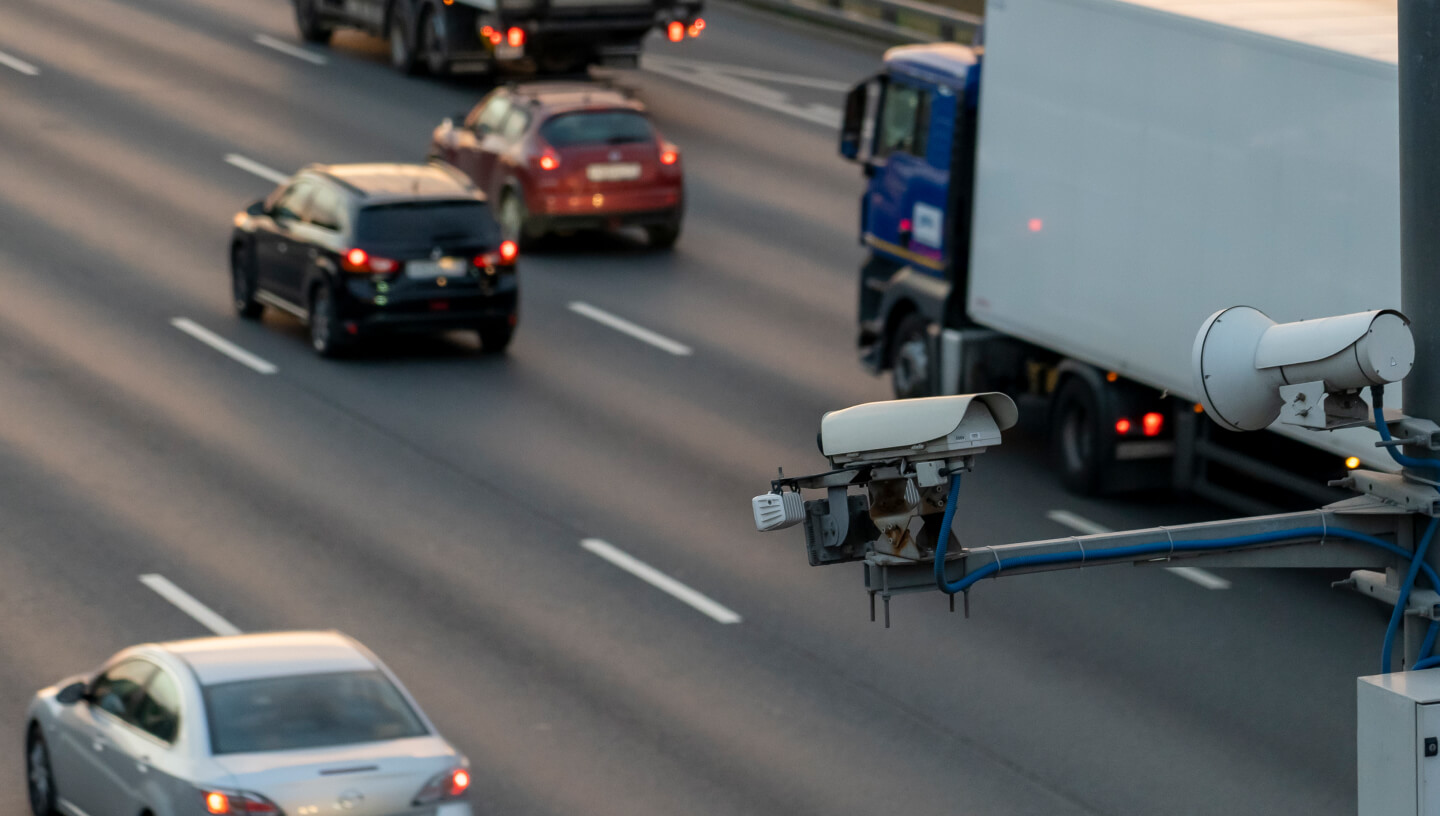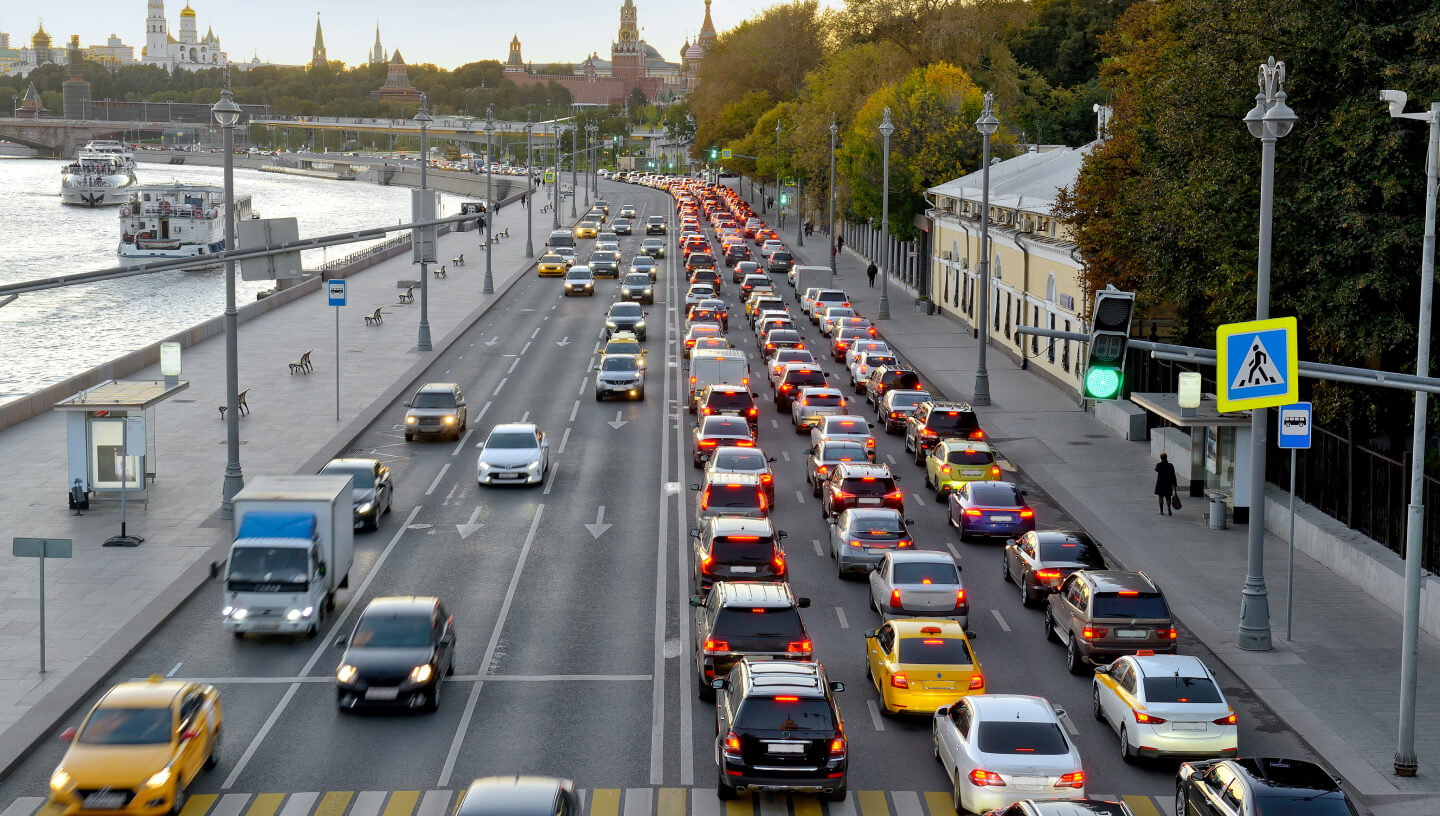The eco-friendliness of public passenger transport is associated with lower energy consumption per passenger compared to private transport (due to mass transport), as well as with the absence of pollutant emissions during operation and with its off-street nature (metro, urban railways) — when passengers are redirected to it, the number of cars on the roads is reduced, resulting in lower emissions from cars due to their smaller number and due to better road traffic conditions.
For example, the indirect pollutant emissions from electricity generation used to operate the metro in Moscow are about 200 times less per passenger than pollutant emissions from a passenger car.
Areas of public transport development include:
- development of route networks between different types of public and private transport, improving the convenience of transfers (construction of transfer hubs);
- renewal of rolling stock, providing improved environmental performance, accessibility for people with limited mobility, better sanitary and hygienic conditions (air temperature, air exchange and others) and leisure facilities (access to Wi-Fi, phone charging);
- creating dedicated lanes for public transport improves timetable performance, making it more reliable, as well as increasing travel speeds;
- improving the quality of navigation, including the creation of apps to calculate the most convenient routes, ensuring timetable compliance and informing passengers of expected arrival times;
- creating alternatives to the private car (taxis, carsharing) and last-mile transport (bicycle and electric scooter rentals).
Urban road network
Density
The high density of the street and road network makes it possible to reduce the concentration of traffic on individual routes by increasing the number of alternative routes, improving traffic conditions, which will ensure a reduction in emissions (measures discouraging the purchase of vehicles should operate in parallel).
Connectivity
Good connectivity of the street and road network reflects connectivity between neighbouring areas of a city (e.g. poor connectivity is observed between areas separated by railway lines, rivers, major thoroughfares) and reduces overtraffic between origin and destination. Important not only for road transport, but also for micromobility and walking.
Urban planning methods for “traffic calming”
Designing horizontal “relief” of streets with visual obstacles for drivers (bends, narrowings and other) that force the driver to instinctively reduce speed (increases uniformity of traffic, reduces speed on residential and commercial streets). Often accompanied by speed limits of up to 30–40 km/h.
Maintenance of road surfaces
Timely cleaning and repair of pavements can reduce re-suspension and crushing of road dust as well as its intensity (potholes lead to increased tyre wear). An optimal strategy to reduce abrasion involves the selection of pavement composition and restrictions on tyre use (e.g. no use of studded tyres at all or during the warm season, limited tyre life, restrictions on retreading).
Infrastructure for non-motorised mobility and micromobility
The infrastructure for non-motorised mobility (bicycles, scooters) and micromobility (electric bicycles, electric scooters, and so on) is safe and separated from the carriageway, increasing the desire and possibility to use it, while cleaning technologies are being developed for the colder seasons. The infrastructure includes not only bicycle lanes, but also correctly designed intersections and crossings that ensure the safety of the user by avoiding crossings with traffic flows.
 Photo by: Anton Skripachev / iStock
Photo by: Anton Skripachev / iStock
Organisational transport measures in the city
Intelligent transport system
Represents a network of traffic flow sensors and cameras, as well as algorithms to optimise traffic flow on the street network and inform drivers in order to reduce delays and improve the uniformity of traffic (provides reduced emissions).
Smart traffic lights
Systems in which traffic lights equipped with traffic flow sensors are networked together to regulate, using different algorithms, the duration of each one depending on traffic flows, reducing the overall traffic delay and hence the emissions of pollutants and greenhouse gases.
Smart charging networks for electric vehicles
It is now theoretically possible to improve the energy efficiency of charging cars on the charging network by using smart algorithms that turn on charging (if the car takes a long “charging” period, e.g. overnight) during periods of falling demand and turn it off when demand rises, and use electric cars as electricity storage during peak consumption (if electric cars are on charge during the day).
Smart vehicles (V2V)
Systems are being developed for communicating with each other, in the long term primarily applicable to autonomous vehicles, which will make it possible to transmit information about traffic conditions and prevent accidents.
Mobility as a Service (MAAS) systems
It assumes the centralisation of different transport services, allowing the passenger to build the most convenient route to get around the city. Can be used to raise residents’ awareness of environmental issues (calculate the ecological footprint of travel, offer the greenest and healthiest alternative), promote the use of new transport services (new mobility), and reduce the use of personal transport.
Paid parking or paid access to certain areas of the city and other measures to discourage the purchase and use of private vehicles are a way of regulating the amount of passenger traffic. This includes the development of dynamic pricing systems for paid parking. In some countries, it is not possible to buy a new car without first purchasing a parking space, which increases the cost of operating it.
 Photo by: JaCZhou / iStock
Photo by: JaCZhou / iStock
The eco-friendliness of vehicles in the life cycle takes into account more than just the operating stage.
The unification and interchangeability of components allows for interchangeability, easier disposal not only by the manufacturer, but also by society (relevant, for example, for charging cables for electric cars, batteries, etc.).
Design requirements with regard to disposal, recycling and reuse are addressed, for example, by EU Directive 2000/53/EC, which aims to provide measures for the prevention of waste from vehicles and for the reuse, recycling and other forms of recovery of end-of-life vehicles. It is the responsibility of the vehicle manufacturer to dispose of the vehicles. The vehicle manufacturer must, among other things, design the vehicle to facilitate dismantling, dismantling and reuse, and develop for each vehicle a recycling technology and make information about it available to the potential consumer through advertising. The Directive prescribes the creation of regulations governing the vehicle collection system, ownership issues, availability and the need to obtain a vehicle scrappage document. EU states must take measures to promote the reuse and refurbishment of parts and to regulate and monitor all organisations involved in the final stage of the vehicle life cycle. The benchmark figure for this issue is reuse and recovery of up to 95% of the vehicle weight.
Vehicle component recycling technologies are particularly relevant for components containing toxic substances, such as batteries.
 Photo by: FedotovAnatoly / iStock
Photo by: FedotovAnatoly / iStock
Activities implemented in Moscow and the Russian Federation
Moscow is pursuing a systematic and comprehensive policy to reduce air pollution from motor transport.
Priority development of public transport is ensured through major transport projects — the megaproject of metro development, the project to create an integrated railway transportation system linking Moscow and the Moscow Region (Moscow Central diameters), the project to upgrade the rolling stock of public transport, development of dedicated lanes for public transport and others.
In order to reduce emissions from road transport, a project to modernise Moscow’s road frame is also being implemented, aimed at transforming the radial-ring structure of the road network into a network one, including construction of chord highways and reconstruction of ‘outlying’ highways, construction of modern traffic interchanges, bridges and tunnels. Implementation of the project will improve the connectivity of the street and road network, thereby reducing vehicle overshoot on the respective traffic routes, as well as the length and duration of congestion, which results in increased pollutant emissions compared to uniform traffic flow.
Intensive development of the public transport system and paid parking are the measures to prevent traffic growth. At the same time, the modernisation of the road network forms the basis for increasing the efficiency of urban land passenger transport, allowing the development of a network of dedicated lines for its traffic.
The city is systematically implementing a number of measures to encourage the renewal of the vehicle fleet:
- since September 2015 there has been a low-emission zone for bus transport covering the main area of the city within the Moscow Ring Road, in which the traffic of buses complying with environmental requirements below Environmental Class 3 (analogue of Euro 3) is prohibited;
- since January 2017 there are low emission zones for freight transport: a zone covering the main territory of the city within the Moscow Ring Road, in which movement of trucks is prohibited, with environmental characteristics corresponding to requirements below ecological class 2 (analogue of Euro-2); a zone covering the central territory of the city within the Third Ring Road, in which movement of trucks with environmental characteristics corresponding to requirements below ecological class 3 (analogue of Euro-3) is prohibited;
- environmental requirements were introduced for private carriers operating city bus routes to have a fleet of vehicles meeting environmental class 4 (the equivalent of Euro 4) or higher;
- environmental requirements for subsidising the purchase of vehicles for taxis and carsharing have been established: subsidised vehicles must meet at least the requirements of environmental class 4, and the subsidy for electric vehicles is twice as high as that for internal combustion engine vehicles.
Moscow is also actively developing infrastructure for cycling and scooter traffic, and encourages the use of new, environmentally friendly vehicles. Owners of electric private vehicles are exempt from transport tax and are entitled to free parking, the city is developing a network of charging stations and subsidises the purchase of electric cars for taxi fleets and carsharing. Moscow is developing alternatives to private car transport in the form of carsharing systems and affordable taxi services.
At the level of the Russian Federation, a number of documents have been adopted aimed at the development of hydrogen energy 1 (mainly production and development of technologies for production, the strategy is currently being worked out), the development of green transport 2 (including hydrogen fuel cell-based; two SPICs for production of domestic electric vehicles have been concluded; the installation of charging stations on federal highways and co-financing for some regions is envisaged). There is a subsidy programme for CNG vehicle manufacturers 3.
Forward-looking measures to reduce the negative impact of transport on the climate and the environment:
- development of CNG-powered freight, public and communal transport;
- development of electric passenger transport;
- development of charging infrastructure for electric vehicles and CNG;
- development of infrastructure for non-motorised mobility and micromobility, taking into account travel safety;
- regional requirements for the period of use of studded tyres (currently banned across Russia from July to August, but the period could be extended in some regions);
- elaboration of the possibility of limiting the period of use of tyres;
- introduction of low emission zones in certain areas;
- developing the market for spare parts — three-component catalytic converters — and encouraging their replacement by users;
- development of a system for collection and recycling of electric vehicle battery waste, recycling technologies for batteries and other parts of new vehicles.
1 Decree of the Government of the Russian Federation of 05.08.2021 “On approval of the Concept of Hydrogen Energy Development in the Russian Federation”.
2 Decree of the Government of the Russian Federation of 23.08.2021 N 2290-r “On approval of Conception for development of production and use of electric road transport in Russian Federation for the period up to 2030”
3 Decree of the Government of the Russian Federation of 13.05.2020 N 669 (revised on 07.04.2022) “On approval of the Rules for granting subsidies from the federal budget to manufacturers of vehicles using natural gas as motor fuel”
Cover photo: Nicolas Armer / DPA








Comments